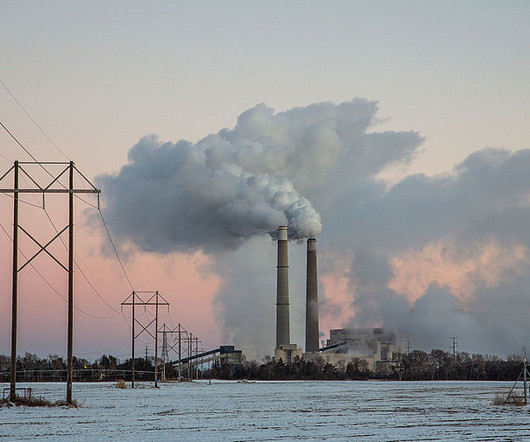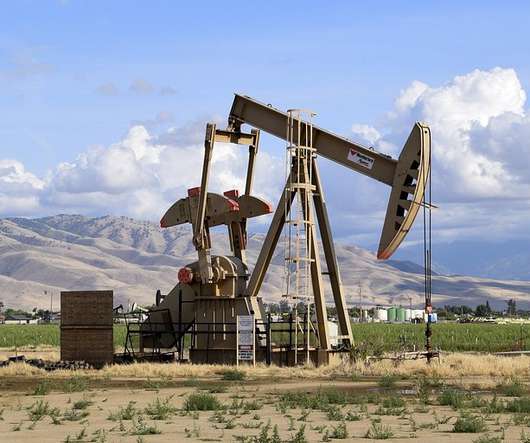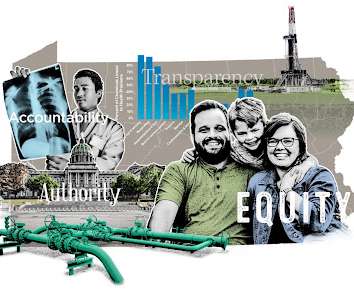Evolving Air Quality Standards
Legal Planet
NOVEMBER 9, 2023
The goal of the Clean Air Act is to achieve national ambient air quality standards (NAAQS), with the primary requirement being protection of public health. As our understanding of the health effects of air pollution has improved, there has been a general trend toward tightening the standards. ppm in 2015.

















Let's personalize your content